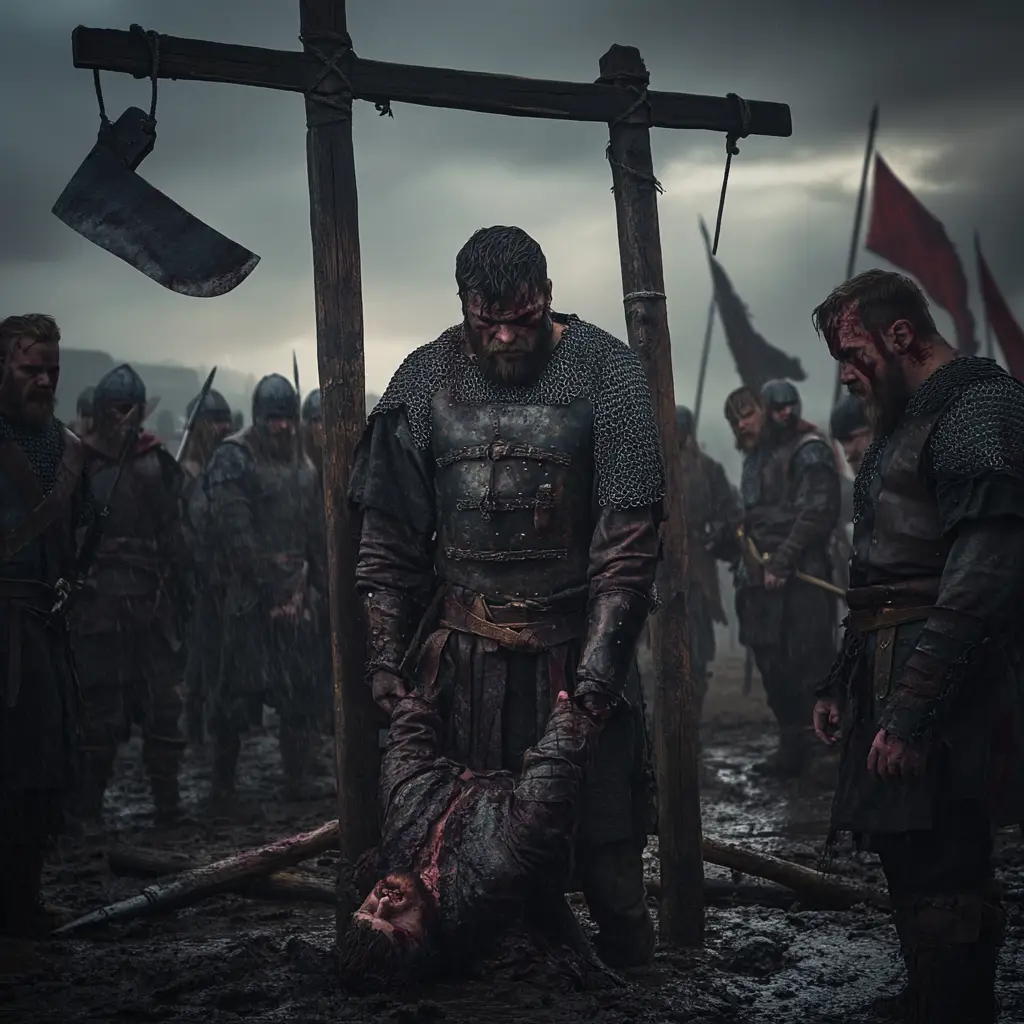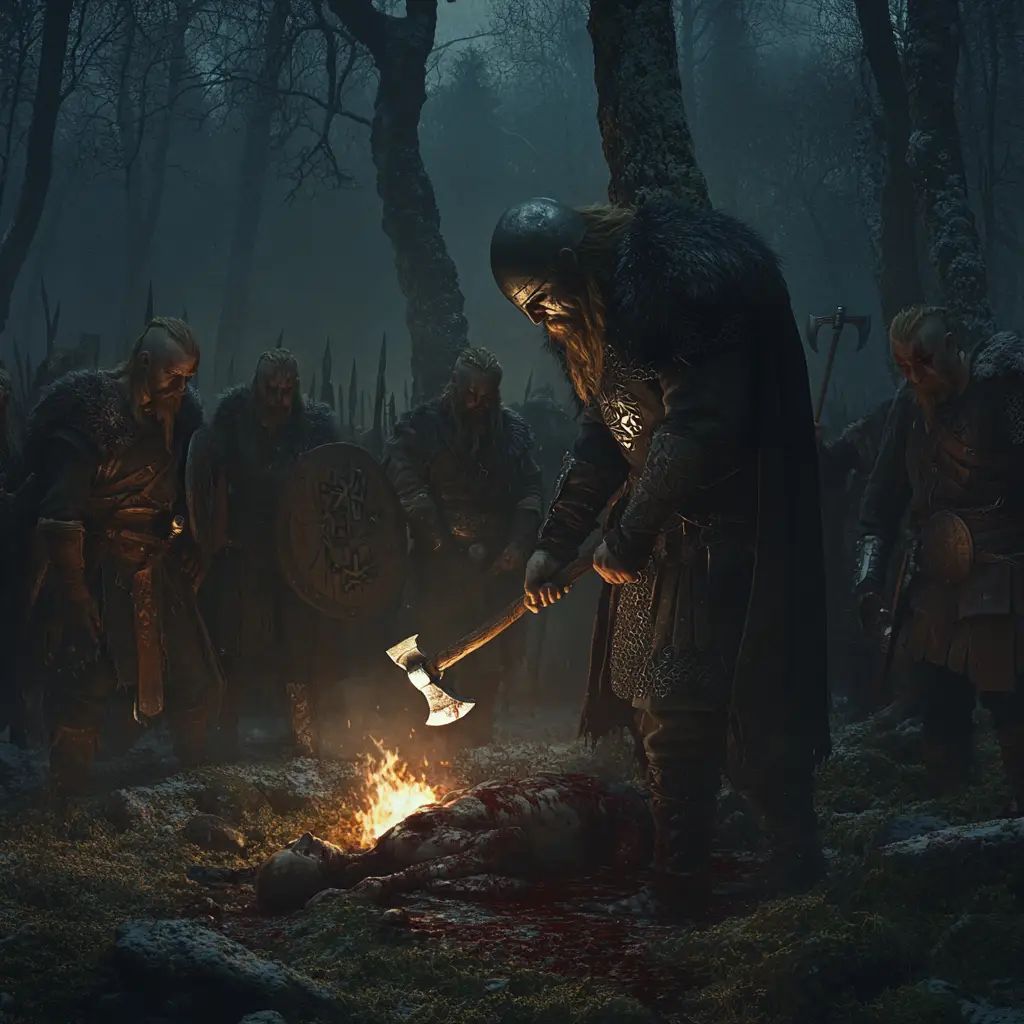The Blood Eagle – The Viking Ritual of Execution
The Blood Eagle is one of the most infamous execution methods associated with the Vikings, though its historical accuracy is debated. It is described in several sagas as a gruesome punishment inflicted on high-ranking enemies, particularly those who had betrayed or murdered Viking leaders.
What Was the Blood Eagle?
According to the sagas, the Blood Eagle involved:
The victim’s back being cut open to expose the ribcage.
The ribs being severed from the spine and pulled outward, resembling wings.
The lungs being pulled out and spread over the ribs to complete the “eagle” effect.
The victim was often left alive during the process, ensuring they suffered greatly before death.
Who Was the Blood Eagle Used On?
The sagas mention it being performed on enemies of Viking rulers, often in revenge killings.
One of the most famous victims was King Ælla of Northumbria, who, according to The Saga of Ragnar Lodbrok, was executed via Blood Eagle by Ragnar’s sons as vengeance for their father’s death.
Other accounts mention Viking leaders like Halfdan Long-Leg and King Edmund of England suffering similar fates.
Was the Blood Eagle Real or a Myth?
Many historians believe the Blood Eagle may have been exaggerated or symbolic, possibly referring to ritualized execution rather than a literal cutting of the ribs and lungs.
Some argue it could have been a form of poetic or metaphorical storytelling in Norse sagas.
However, Viking punishments were known to be brutal, and torture was not uncommon, making it possible that the Blood Eagle had some basis in reality.



